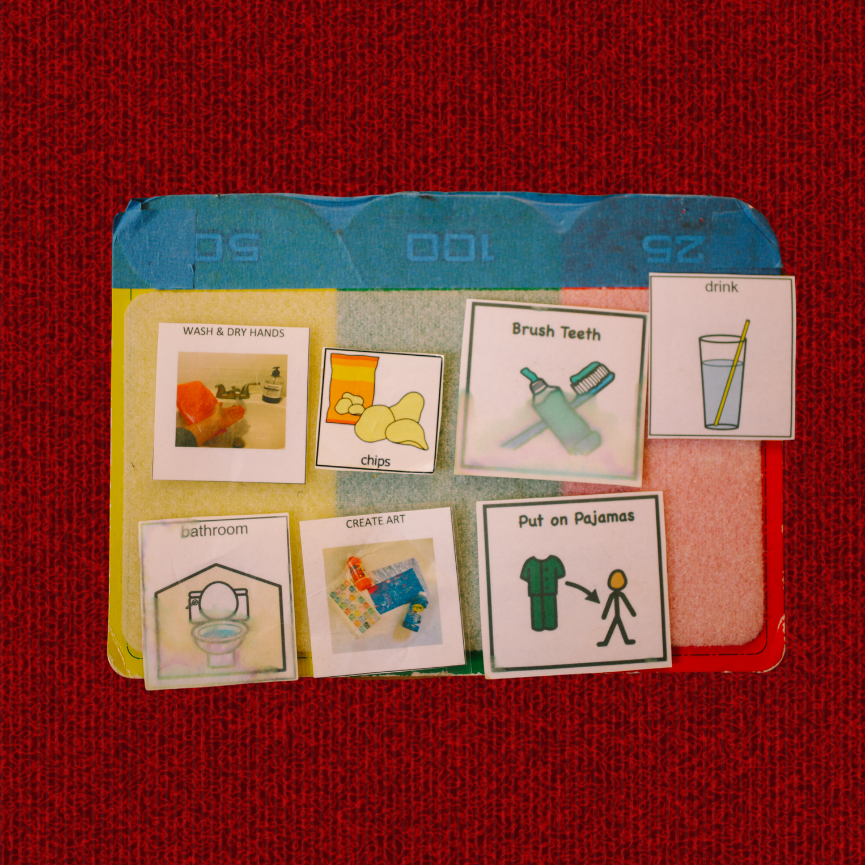
- May 09, 2024
- 211 Views
- 0 Comments
Enhancing Social Communication Skills With Visual Supports
In a world that thrives on effective communication, social communication skills play a pivotal role in building connections, relationships, and navigating various social situations. For individuals with challenges such as autism spectrum disorder (ASD) or other communication disorders, developing these skills can be particularly complex. Fortunately, the integration of visual supports has emerged as a powerful tool in enhancing social communication abilities. In this comprehensive article, we delve into the significance of social communication skills, the role of visual supports, and practical strategies for incorporating them to foster positive interactions and relationships.
Understanding Social Communication Skills
Social communication encompasses a range of verbal and nonverbal behaviors that enable individuals to interact, convey thoughts, emotions, and understand social cues effectively. For those with ASD or related conditions, grasping these intricacies can be difficult due to differences in processing social cues, gestures, and facial expressions. Challenges might include difficulty maintaining eye contact, interpreting emotions, initiating conversations, or responding appropriately.
The Role of Visual Supports
Visual supports involve using images, symbols, charts, and other visual aids to augment communication and comprehension. These aids bridge the gap between abstract concepts and concrete visual representations, making information more accessible. Visual supports cater to different learning styles, aiding not only those with communication disorders but also diverse individuals, including those with learning disabilities, language delays, or sensory processing issues.
Benefits of Visual Supports for Enhancing Social Communication
- Enhanced Comprehension: Visual supports simplify complex information, making it easier for individuals to understand instructions, emotions, and social cues. This is particularly beneficial for individuals who struggle with language processing.
- Predictability and Structure: Visual schedules and routines provide predictability and structure, reducing anxiety and aiding individuals in anticipating what comes next during social interactions.
- Augmented Expression: Visual supports offer a means to express thoughts, preferences, and emotions that might be challenging to communicate verbally. This fosters self-expression and empowerment.
- Contextual Understanding: Visual aids can clarify abstract concepts, helping individuals comprehend the context of a conversation or social situation.
- Reduced Anxiety: By offering clear expectations and reducing ambiguity, visual supports help lower anxiety levels associated with social interactions.
- Strategies for Incorporating Visual Supports
- Visual Schedules: Create visual schedules outlining daily routines, including social activities. This aids in preparing individuals for upcoming interactions, reducing uncertainty.
- Social Stories: Develop social stories using visual and written components to explain social norms, expected behaviors, and consequences in specific situations.
- Emotion Charts: Utilize emotion charts with visual representations of various emotions, helping individuals identify and understand feelings in themselves and others.
- Conversation Boards: Design conversation boards featuring topics, questions, and appropriate responses. This assists individuals in initiating and sustaining conversations.
- Visual Prompts: Implement visual prompts, such as cue cards, during social interactions to remind individuals of appropriate behaviors, gestures, or responses.
- Role-playing with Visuals: Engage in role-playing activities using visual aids to practice social scenarios, allowing individuals to build confidence and skills in a controlled setting.
- Video Modeling: Utilize video modeling, where individuals observe social interactions through videos, helping them understand body language, tone, and context.
Implementing Visual Supports: A Collaborative Approach
Effective incorporation of visual supports requires collaboration among caregivers, educators, therapists, and individuals themselves. Tailoring visual aids to individual preferences, strengths, and needs ensures personalized and effective communication support.
Enhancing social communication skills is essential for meaningful interactions and relationships. For individuals with communication challenges, the integration of visual supports offers a transformative solution. These tools bridge the gap between comprehension and expression, creating a more inclusive and supportive environment. By recognizing the significance of social communication skills and embracing the power of visual supports, we take significant steps towards fostering a world that celebrates diverse modes of communication and connection.



Comments - 0 comments till now